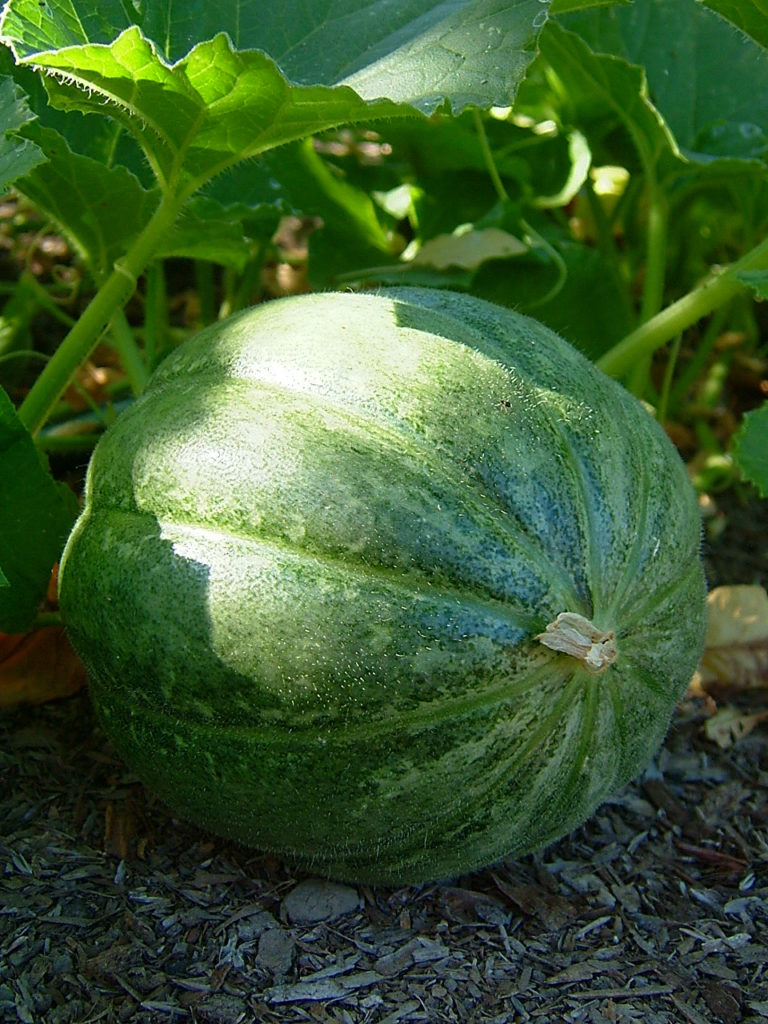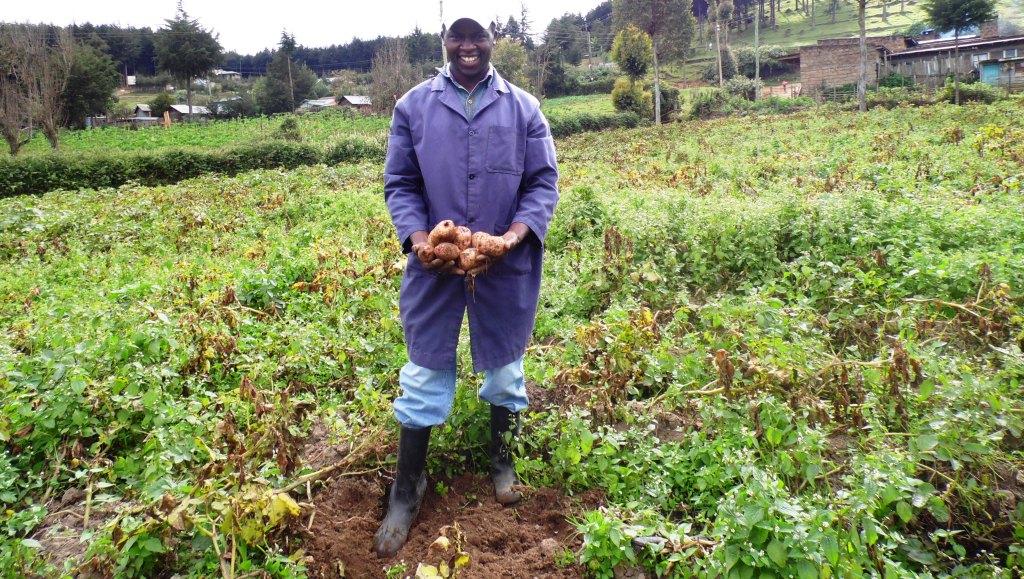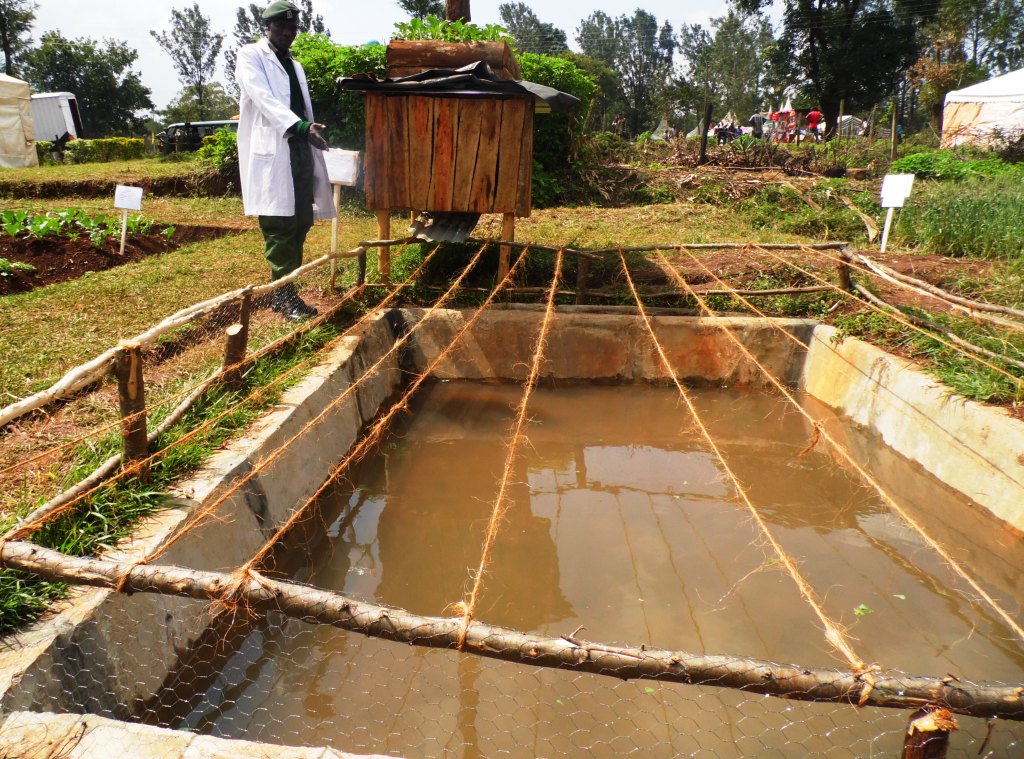
Charentais melon. They are rich in beta-carotene, folic acid, potassium, vitamin C and dietary fiber. Photo: Harvest to Table.
With heavy debts and regular stealing of beans costing coffee farmers more losses, the growing of the new zebra water melon in breathing a fresh lifeline into Murang’a County as the demand for healthy foods rises.
Charentais melon, better known as zebra melon or French Cantaloupes, is selling at Sh300 per kilo and the appetite for the fruit in town like Thika is unquenchable.
Zebra melon is not new to Kenya, but this variety, which was introduced to Kenya less than a year ago, is becoming popular with Kiharu, Makuyu, among other areas in the county because of its small size, but highly nutrition content.
According to ATTRA Sustainable Agriculture, a program of the National Centre for Appreciate Technology, this small zebra is a good source of beta-carotene, folic acid, potassium, vitamin C and highly sought after dietary fiber. Its smaller size as compared for example with watermelon makes it easy to transport and storage hence preferred by the farmers.
READ ALSO: New hybrid watermelon can earn over Sh2.5 million in three months
READ ALSO: Hybrid watermelon can earn farmers Sh2 million in two months
READ ALSO: High yielding, cheap watermelon enters market
Typically Charentais Melon take 70-90 days to mature. You will identify a mature melon by its yellowish hue at maturity.
Experts recommend farmers to allow three melons to grow on each vine to get the best fruit. Once a mature fruit is picked, the vines will produce more. Mature fruits should also be picked to avoid over ripping and injuries in case it drops.
Kiharu farmer, Pamella Ngatia says: “I started growing zebra melon with just a handful seeds I got from a friend, but now I have one and half acres of the melon.”
Kinoti Wang’ombe, who is a broker in the fruit’s business in Thika town, says he always run out of stock given the high market demand.
James Njagi from Makuyu says he jokingly planted his first Charentais seeds unaware of the outcome. He got Sh10, 000 from 50 fruits he harvested out of a piece of plot size of a kitchen garden. He sold them at Sh200 each.
“I am planning to set aside an acre or so for zebra melon in the coming seasons because I have seen it can bring me more money within a short time,” said Njagi.
Write comment (0 Comments)
















